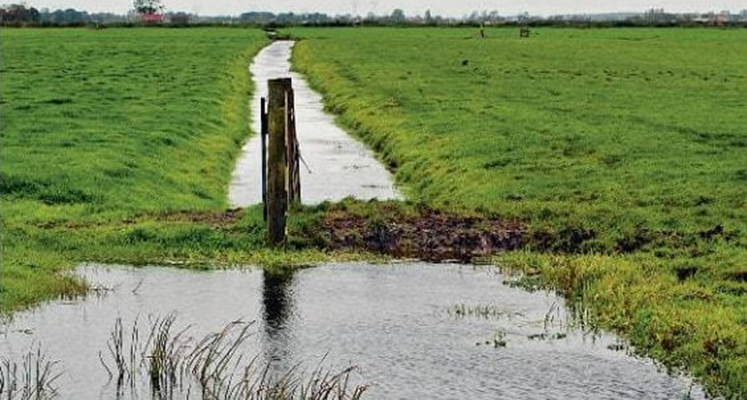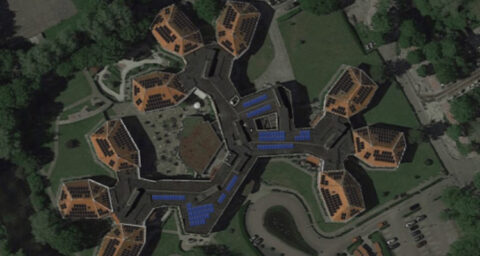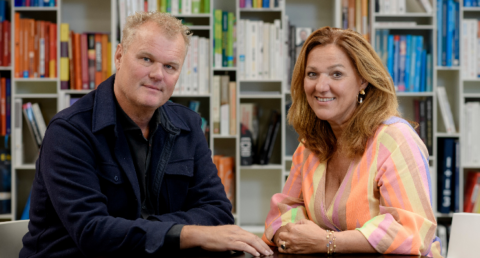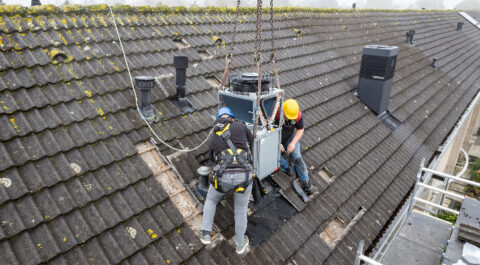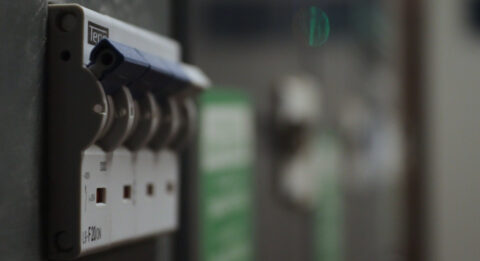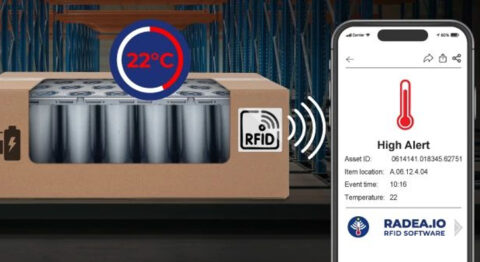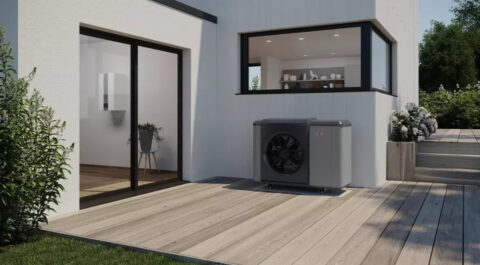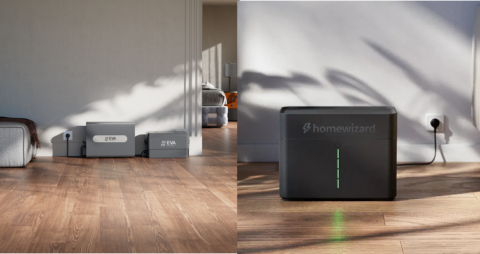Water boards have made good strides in sustainability in 2022. Both the energy consumption and climate footprint of water boards are decreasing and the generation of sustainable energy is increasing. The water boards are also taking steps in the areas of circularity and sustainable contracting. This is evident from the publication of the Climate Monitor Water Boards.
Every year, the Climate Monitor Water Boards shows the progress of the results achieved for climate and sustainability at the water boards. The study of the results for 2022 was conducted by Arcadis, supervised by several water boards and with a contribution from the Nederlandse Waterschapsbank (NWB).
Bar even higher
Dirk-Siert Schoonman, board member of the Union of Water Boards: "As water boards we are working daily to deal with the consequences of climate change. It is therefore logical that we in particular set the bar even higher than the national ambitions to prevent further climate change as much as possible. We hope to inspire other parties with this."
High ambitions
Water boards aim for energy neutrality in 2025 and climate neutrality in 2035. They are therefore working, among other things, to reduce methane and nitrous oxide emissions at sewage treatment plants. An acceleration is underway on this. The water boards want to be fully circular by 2050, with an interim step of 50 percent reduction in the use of primary raw materials by 2030. As clients, water boards want to call for 100 percent circularity in 2023 and 100 percent circularity in 2030. They have the ambition to be climate-neutral and circular in infra projects by 2030 with as few harmful emissions as possible from the equipment used. However, there are concerns about achieving the goals, including overloading the electricity grid, cost increases and as the water task increases (e.g., removing medicine residues).
More renewable energy
Water boards generate as much renewable energy as possible themselves, for example from sewage water. Total renewable generation rose sharply from 58.5 to 64.3 percent. In particular, there has been a strong increase in wind energy (60 percent) and solar energy (54 percent). Water boards are deploying their own sites for this purpose, or opening up their sites for use by third parties. Green gas production increased from 18.2 to 19.2 million m3. And at the same time, the purchase of natural gas decreased by 25 percent. The extent of aquathermy in in-house generation has increased sharply (by a factor of 8), but is still relatively limited. The water boards are mainly facilitators for this. Aquathermy is mainly used for third parties on the water board's property.
Climate footprint
Water boards are fully committed to saving energy. Energy consumption has fallen by 3.5 percent, with the 25 percent drop in natural gas being particularly striking. After the corona period, there is again a clear increase in passenger travel by employees of the water boards, both by car and public transportation as well as air travel. However, the distances traveled in commuting decreased by half compared to before corona. With digital working, this decrease is expected to be (partly) structural. Three-quarters of the water boards have or are developing policies on making personal mobility more sustainable. The total climate footprint (scope 1 and 2) of the water boards has been reduced by 1 percent.
Sustainable commissioning
The water boards have a joint Sustainable Contracting Strategy. This sets out how the water boards translate their sustainable ambitions into contracts to the market. 16 of the 21 water boards have appointed a Sustainable Procurement team and coordinator to implement the strategy. Just over half of the water boards (13) have set concrete procurement goals in the area of sustainability. Water boards are also increasingly monitoring and measuring effort and results.
Circular use of materials
How many raw materials are used is directly related to energy consumption and climate policy. Therefore, a Circular Water Boards strategy has been created, which also contributes to the prevention of water pollution. Water boards are committed to using fewer and more sustainable materials to reduce CO2 emissions. All 21 water boards indicate that they have formed policies around circularity, which have also been adopted administratively at 17 water boards.
To promote climate-neutral and circular working in infra projects, the Union has started a project: Climate Neutral & Circular Asset Management and Contracting (KCAO). The goal is to translate circular asset management and sustainable contracting into the practice of the water boards.
CO2 saving
About half of the water boards apply CO2 pricing or are in the process of doing so. 10 water boards are certified on the CO2 Performance Ladder and 18 water boards use the CO2 Performance Ladder in tenders. Water boards are using tools such as DuboCalc and MKI to calculate the environmental costs of design variants of ground, road and water works and this is leading to other, more sustainable choices. For example, reusing dredged material from the region when reinforcing dikes, or reusing parts of sewage treatment plants. This is circular and also results in CO2 savings because less transport is needed.
Water Board Mirror
Water boards make company data public for transparent operations and want to be able to learn from other water boards to improve results. In addition to sustainability data, an overview of the progress of the water boards' work in all areas is published in the business comparison Water Board Mirror. An overview of key indicators and figures can be found in the WAVES dashboard (Water Board Analysis and Improvement System) and its database.
